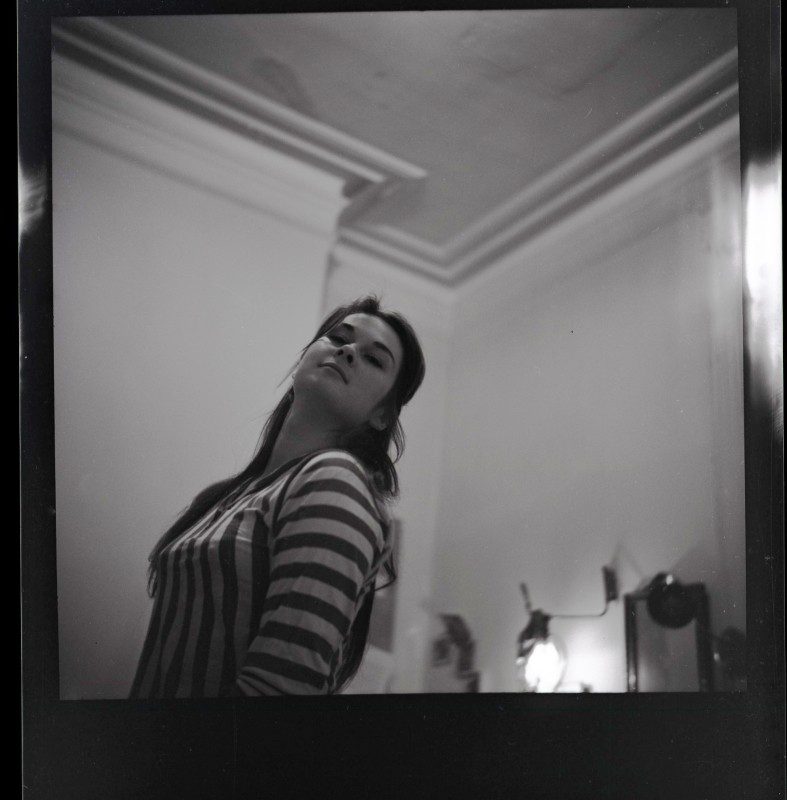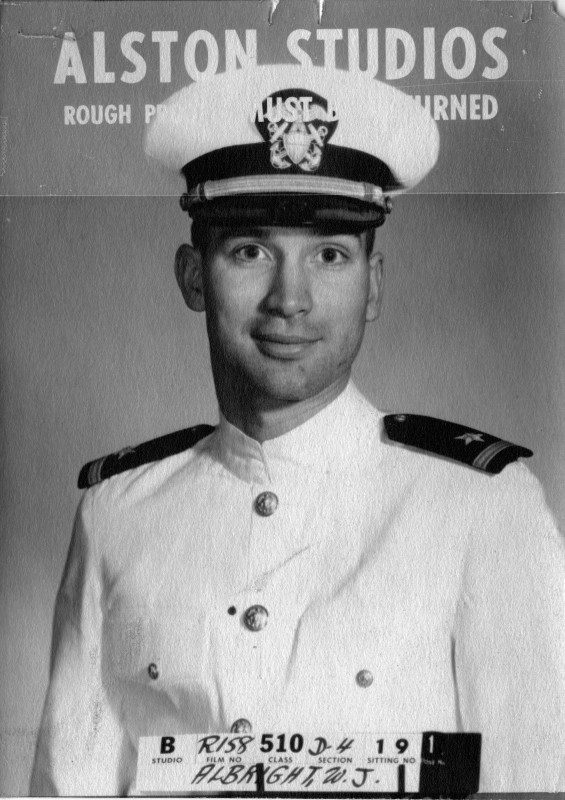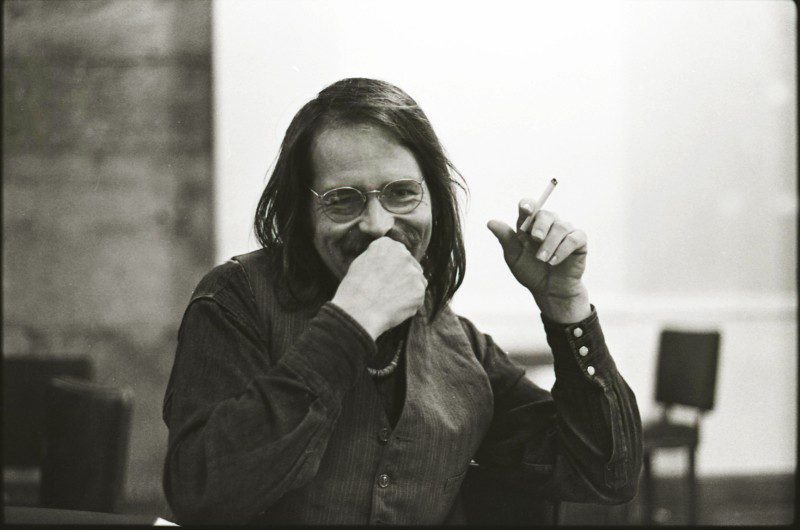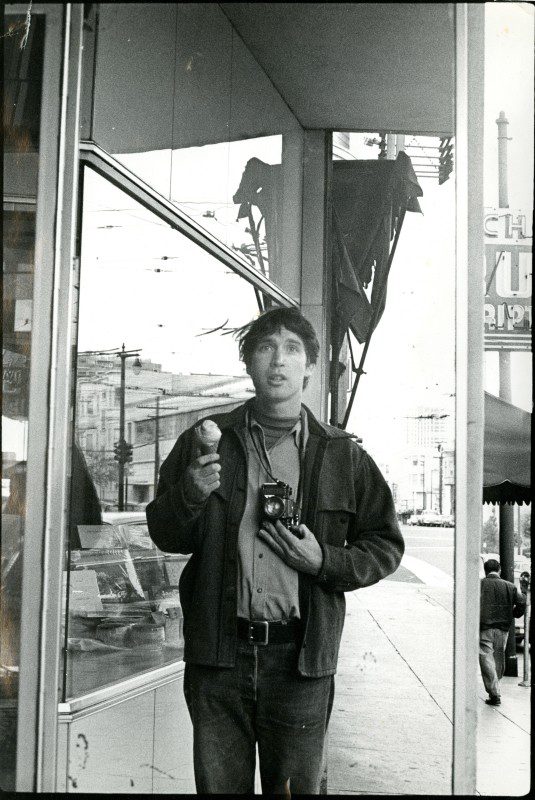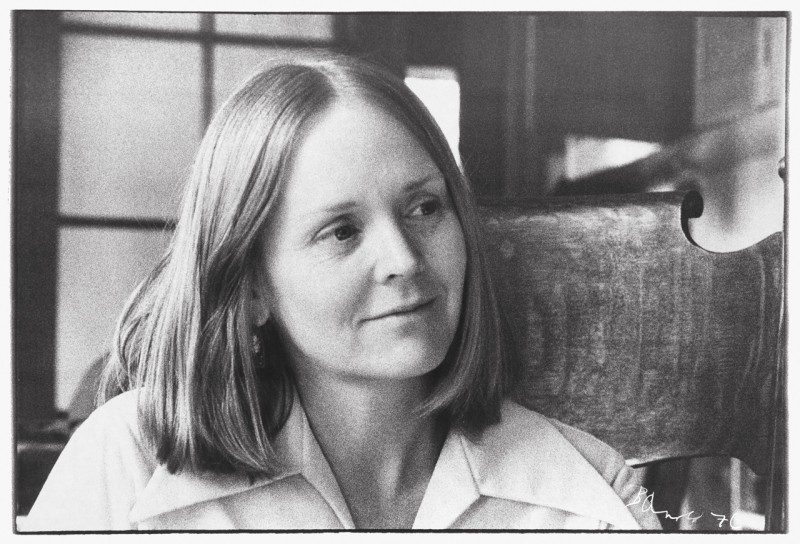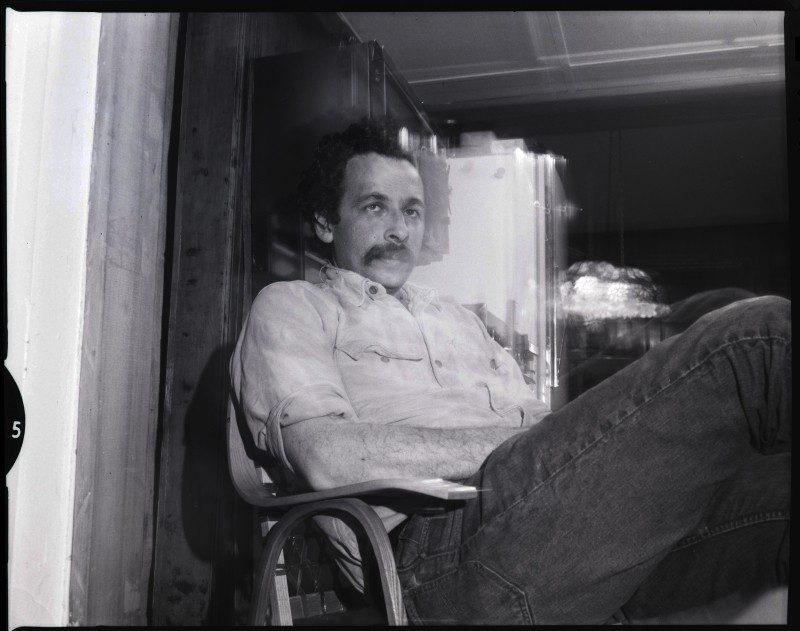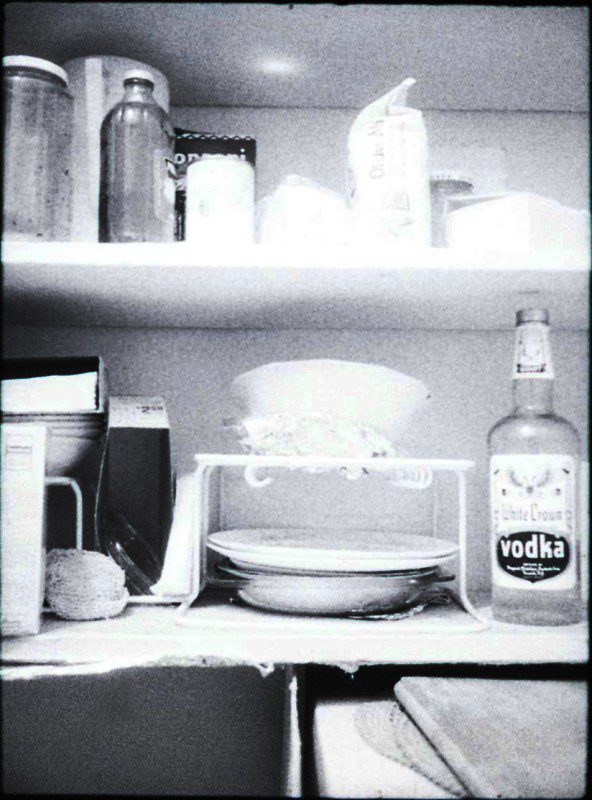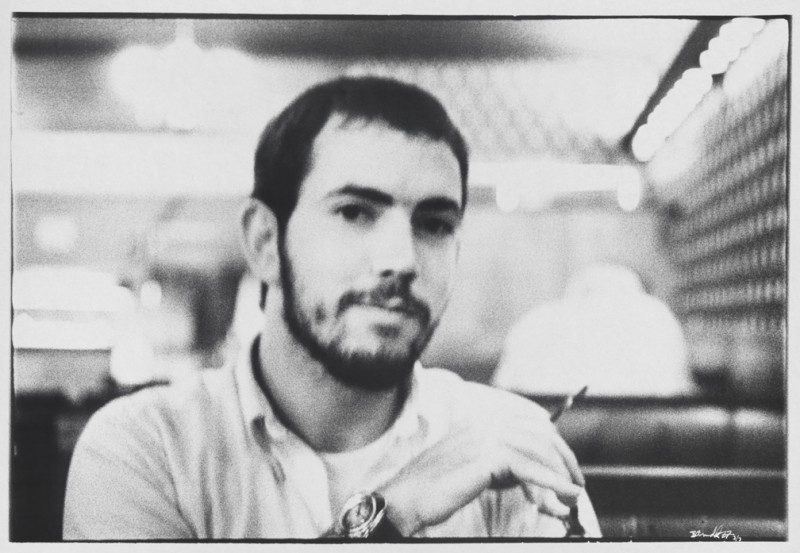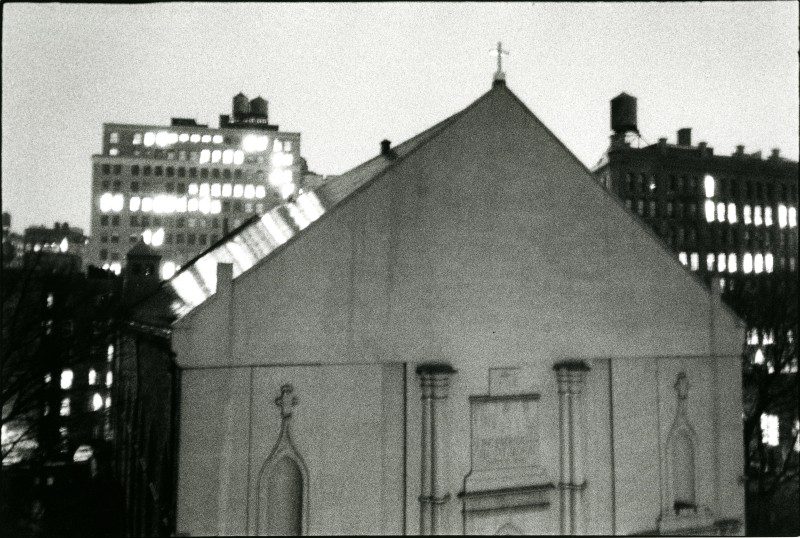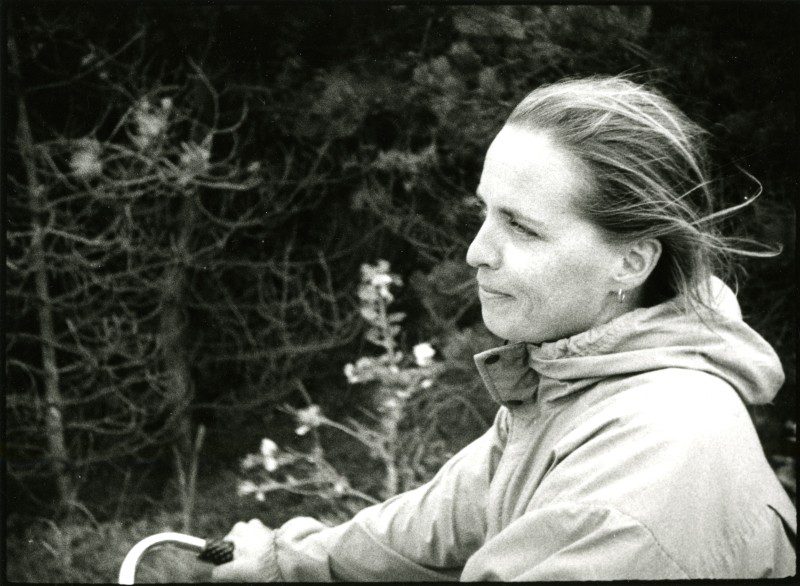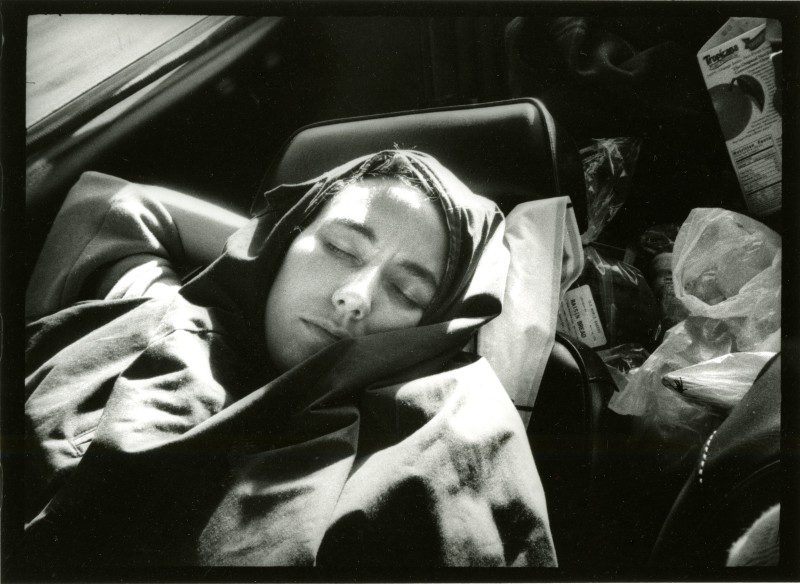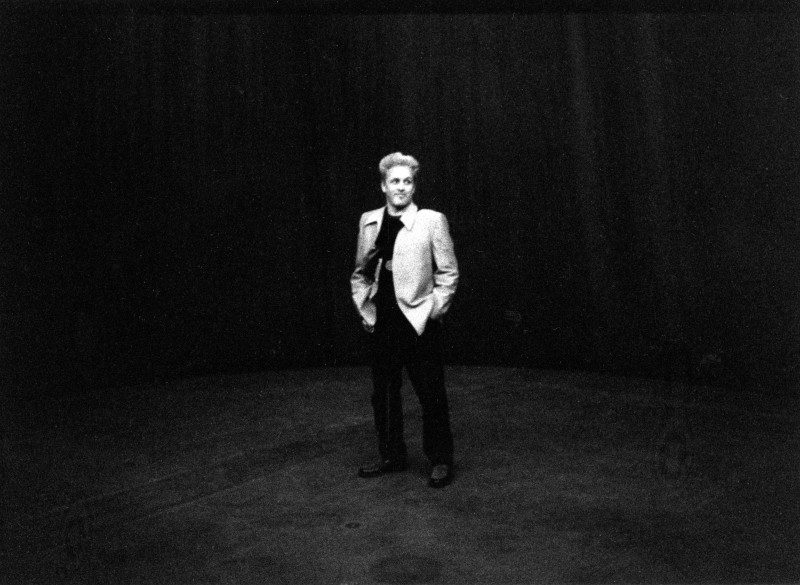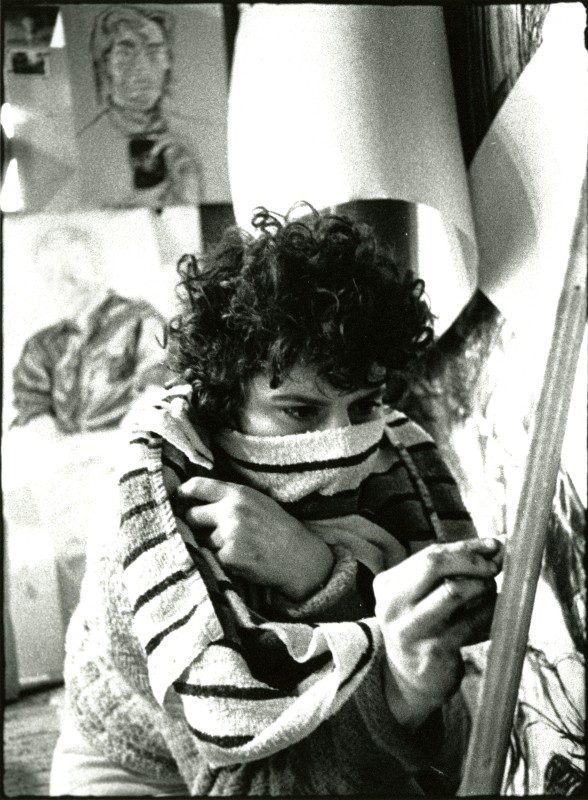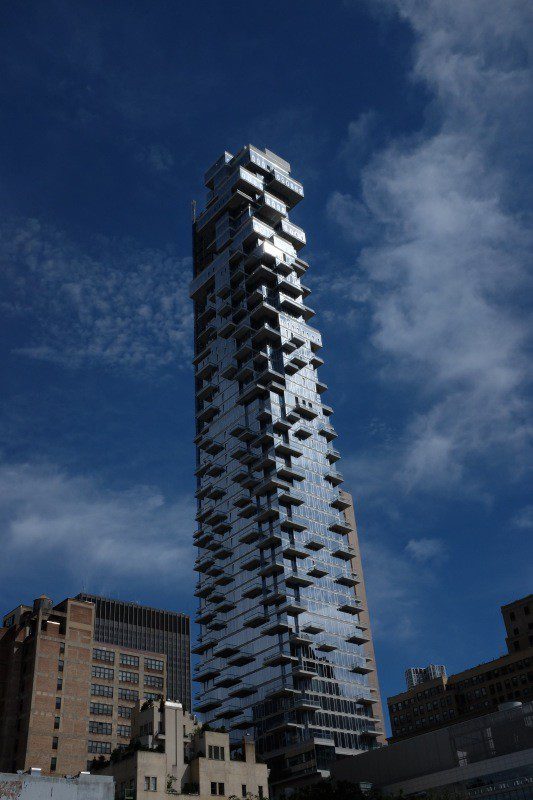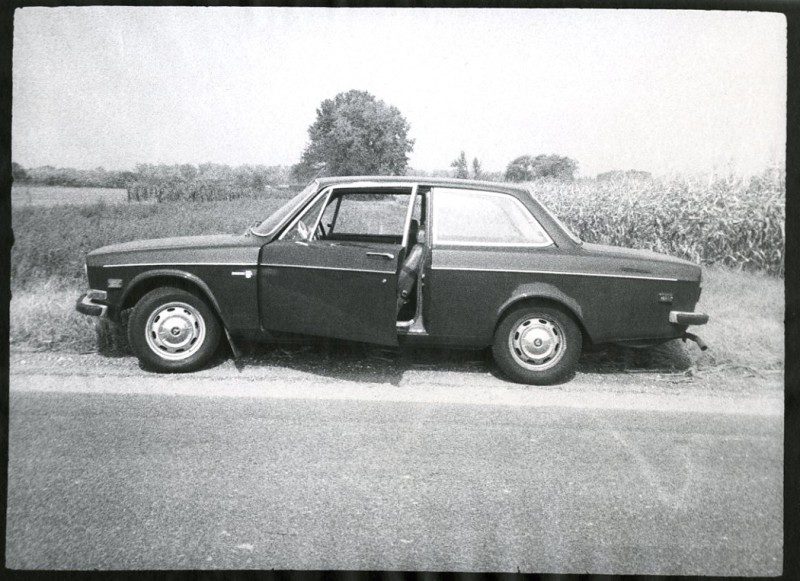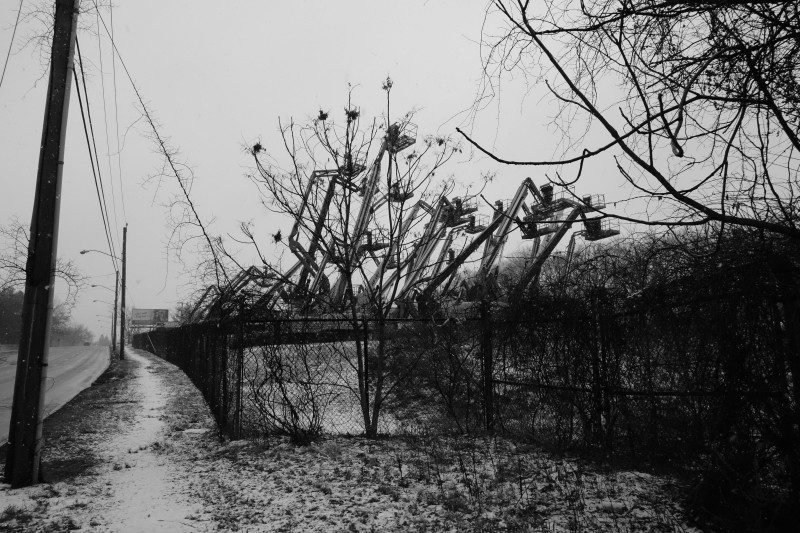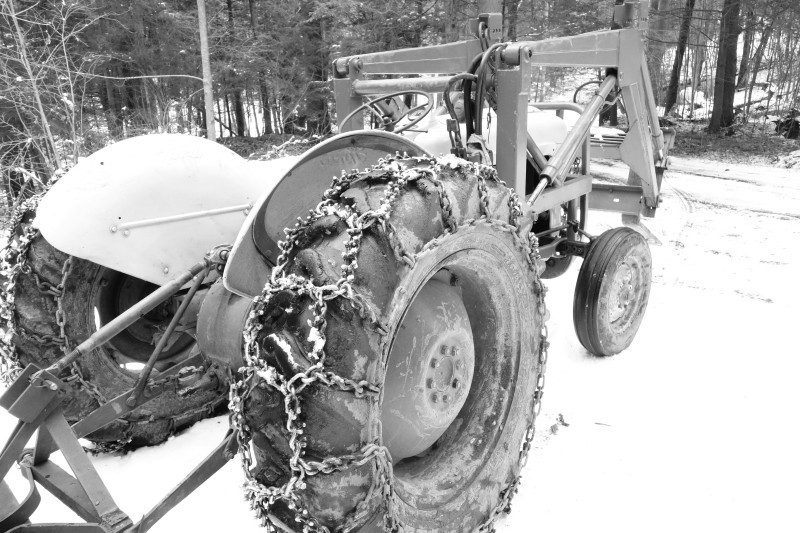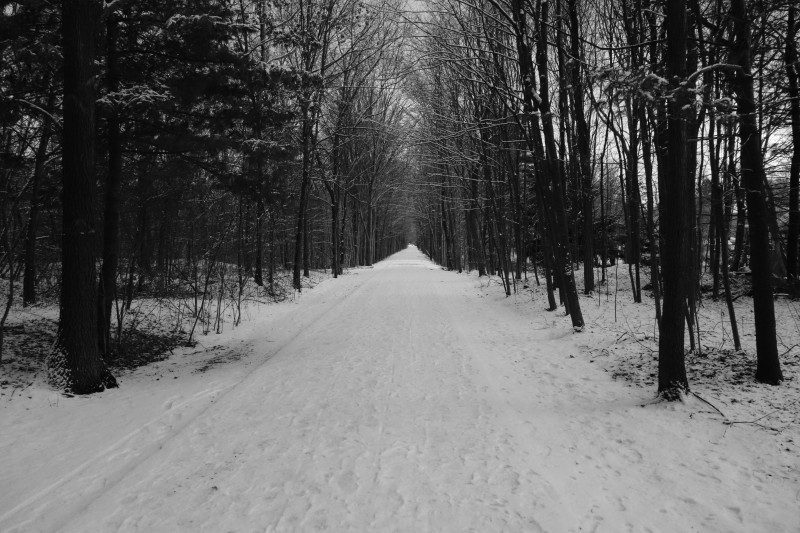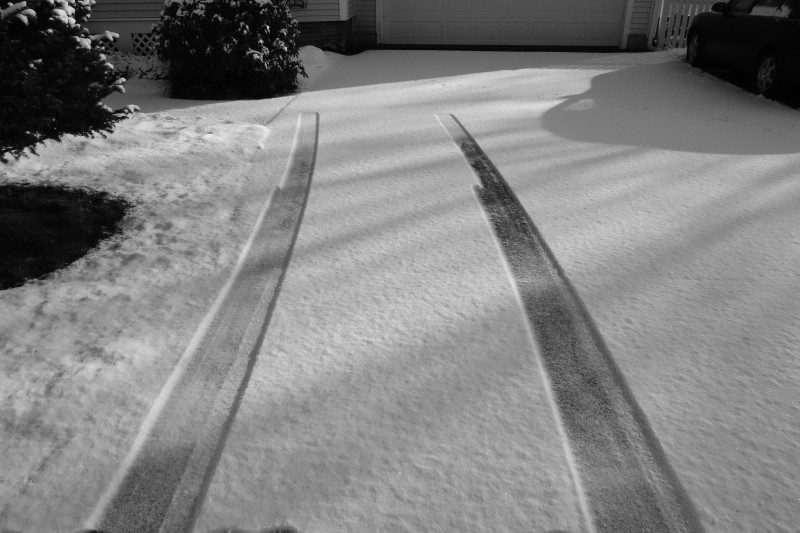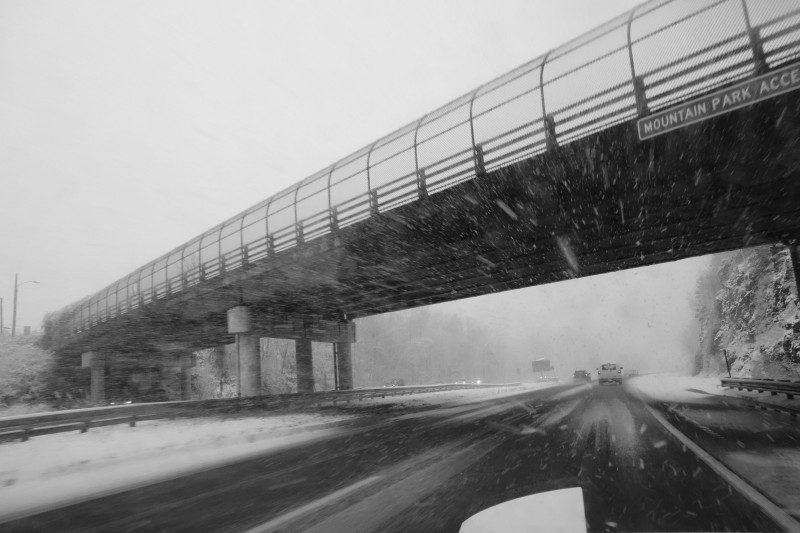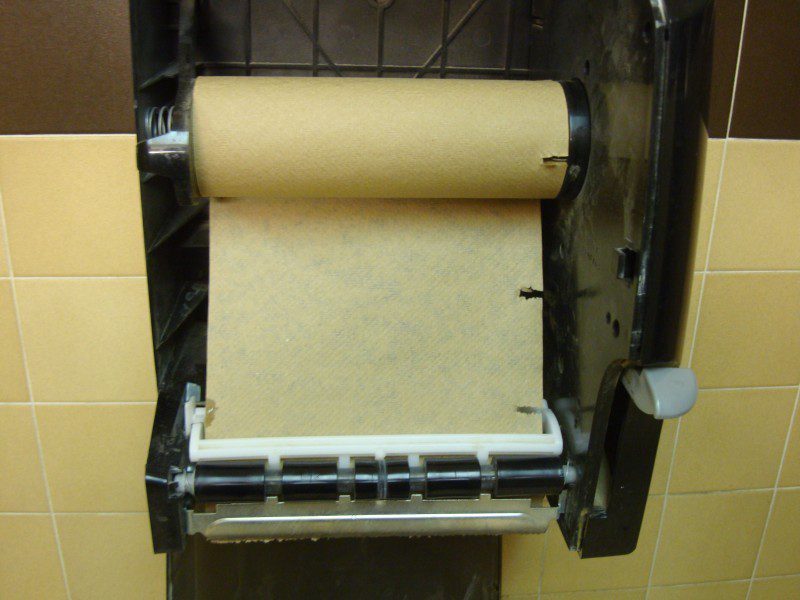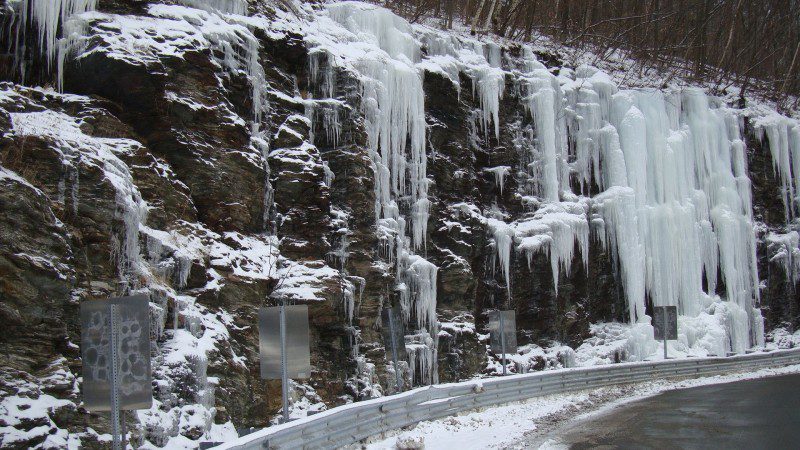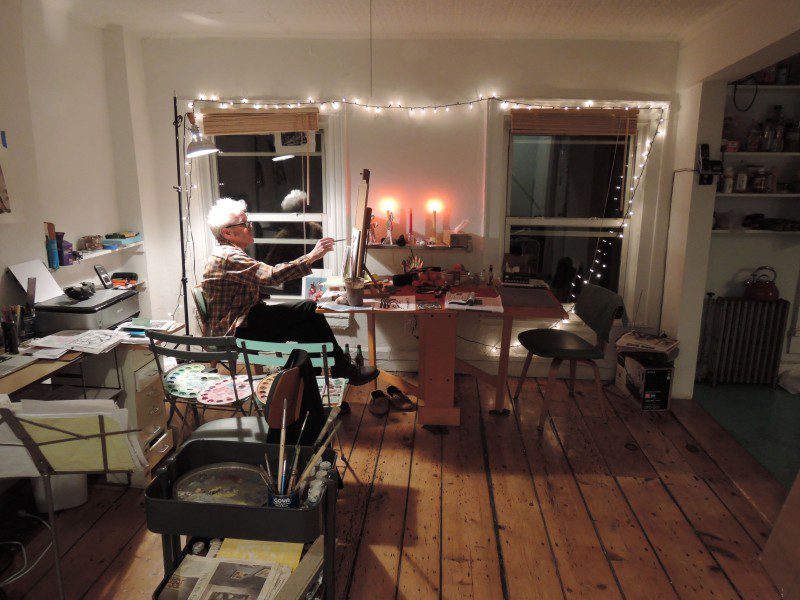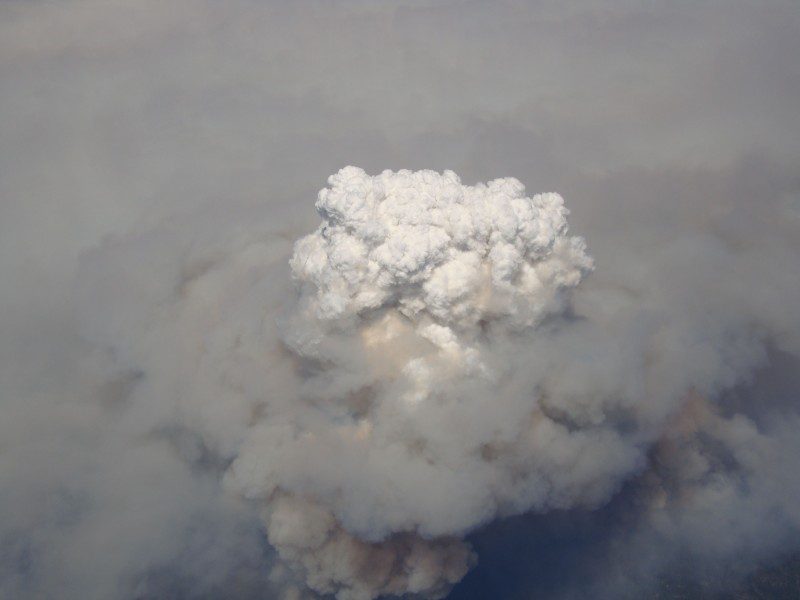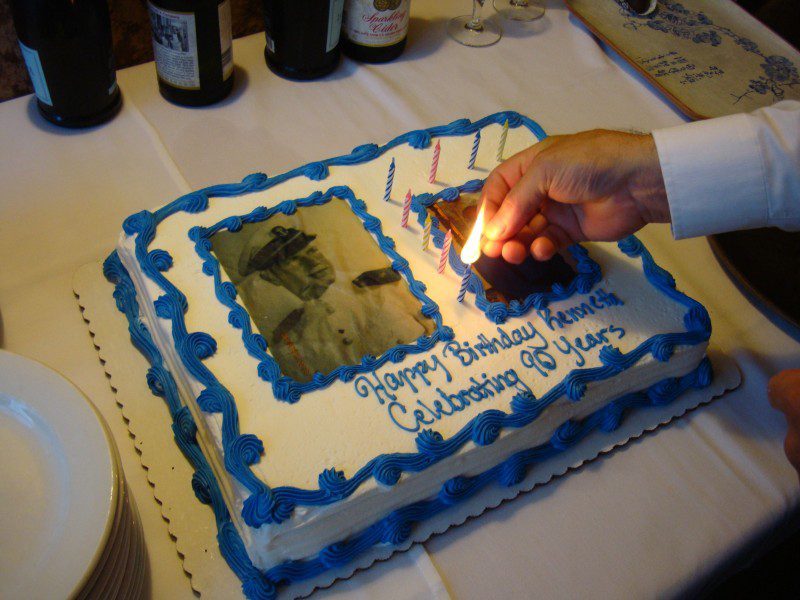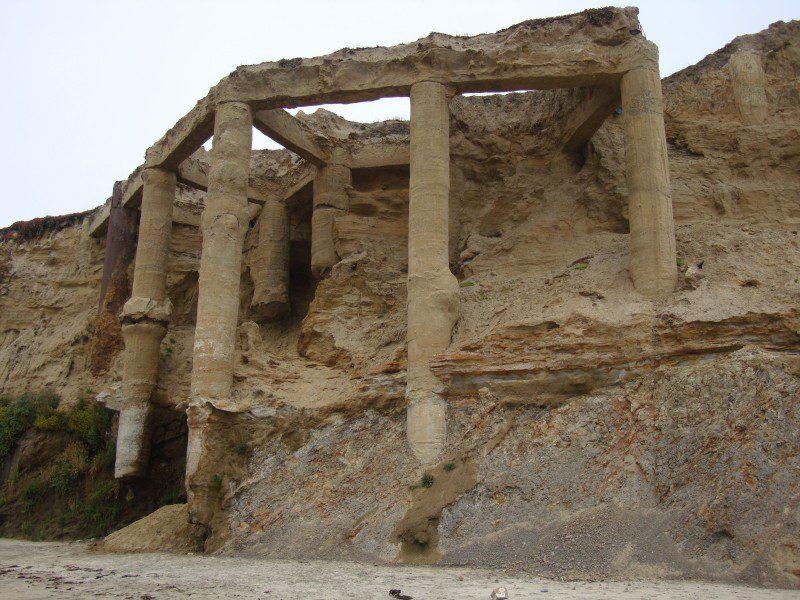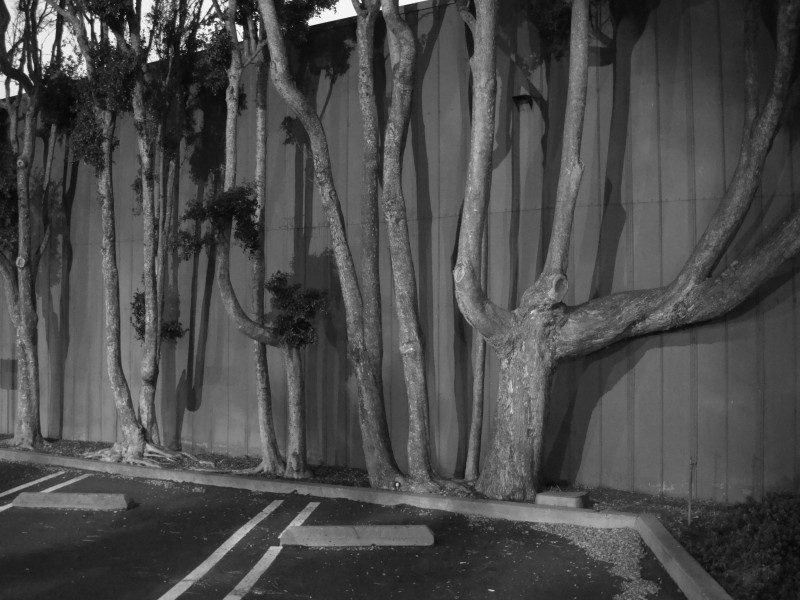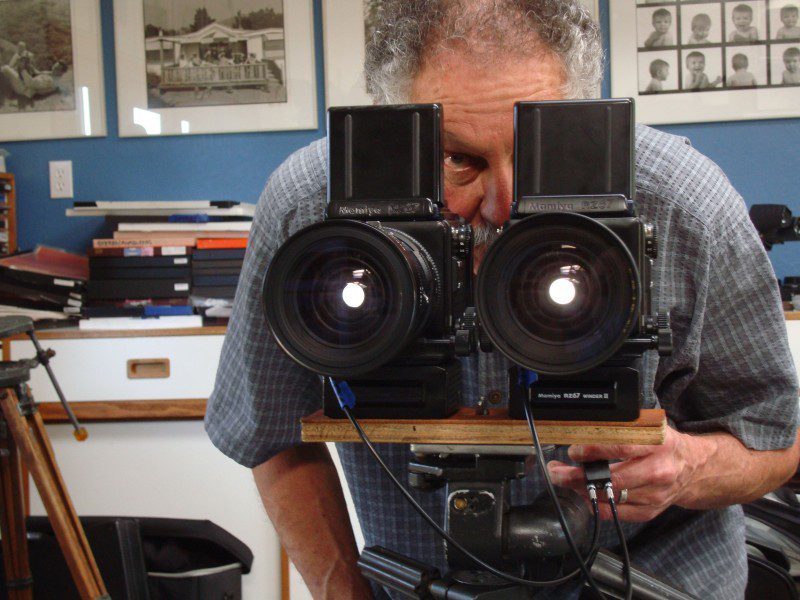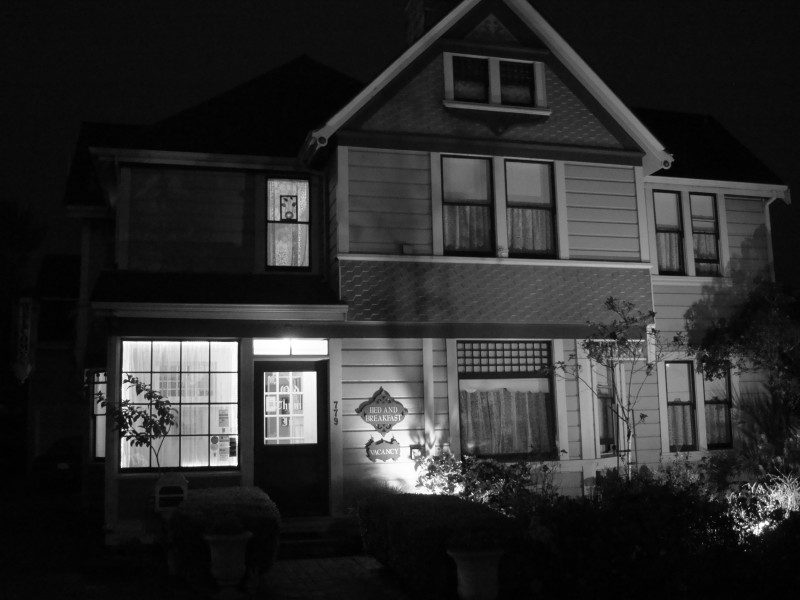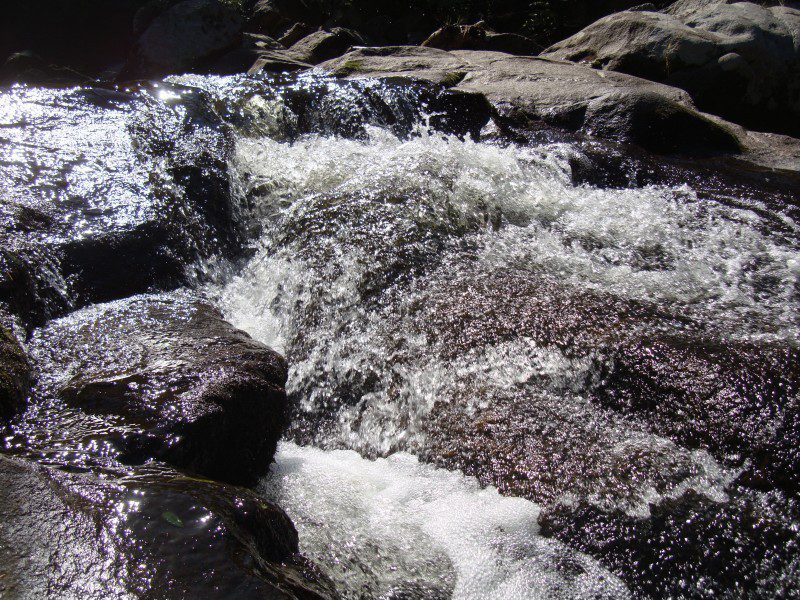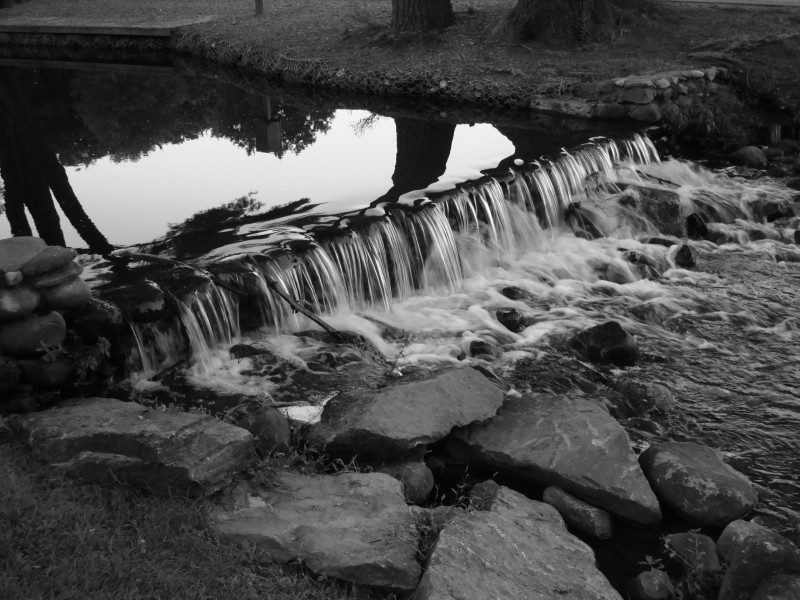I was born in Brooklyn like a lot of people. My second father’s mother objected to my parent’s plan to build a house on Long Island. “Too far away. We’ll never see you.” Instead, they moved to California. There I got a new name – Bill Albright – which I kept through grade school, high school, college and the Navy. When I was in NY at P.S. 100, I liked it and worked hard. When we got to San Diego, I coasted. Thought I could always catch up. Didn’t. Got bogged down for years until I met some art students at San Francisco State College. Went with one, Carol Loughlin,
to Mexico on her student loan and got out of sequence with my graduation class, losing my draft deferment. I joined the Navy Reserve to avoid being drafted, finished my last semester and graduated. With my diploma, I got into Officer Candidate School, OCS, jumped through all the hoops and was ready to marry Carol Loughlin and move to Guantanamo Bay as a supply officer, when I was demoted to a swabbie
and sent to the fleet because of my left wing family. Traveling from Rhode Island to Taipei to get my ship took over a month. Had to go to Japan and the Philippines first. When I finally found my ship, which was about to bombard Vietnam, there was a discharge letter waiting. I protested saying that I needed to get back to the States to challenge the discharge. After 3 days, they put me ashore and sailed off. Back in Oakland, California, I accepted an honorable discharge. I tried to go back to my old life, but I couldn’t. Carol moved out and got a job as a stewardess. Everything had changed. I went looking for a new name and realized I was born Bill Arnold. At the officer school, photography saved me. When I got out, as Bill Arnold, I signed up for a class with Jack Welpott at San Francisco State, but he was in love with his assistant and preferred spending time with her than with students. I heard of a teacher at the San Francisco Art Institute who taught “hand held” photography.
Jerry Burchard introduced me to photography and to Phillip Perkis, who lived in New York. One night at Jerry’s, Phillip handed me The Americans by Robert Frank. I was floored. After a couple of summer workshops with Perkis and other photo teachers, I quit a teaching job at S.F.A.I., wrote to Perkis asking him, if I could help him in some way in New York. A few months later the letter came back undelivered. During that time I met Elaine Mayes, who had a photo job in Amherst, Massachusetts.
I checked a U.S. map. It looked like Amherst was close to New York. Four years later, Perkis got me the chair of photography at Pratt Institute. Elaine and I took a sublet on 18th off Park around the corner from Max’s Kansas City,
but we didn’t know anyone. For 2 years I drove the 1968 Volvo to Brooklyn. 4 days in New York; 3 days in Florence, Mass. and then back again. Started having chest pains. Withdrew back to Florence, where Jack Johnson introduced me to Punk, which took me back to New York.
Camped out with friends until my marriage with Elaine collapsed and my mentor, Sam Wagstaff, died. Dove into my work and the music. My beloved Aunt Margie (she gave me my first camera) met me at the Unitarian’s B+B at 33rd and Madison. Thereafter, I would bike from Florence to Amtrak in Amherst, lift the bike into the baggage car and pedal from Penn Station to 33rd. A little pricey until I got a tenement sublet on Mott. Reasonable including the $100 cash to the guy down the street.
You could get on the roof and be in the middle of it. My friend turned sweetheart from Maine, Lisa Whelan, would meet me in this tiny apartment.
But there was no honeymoon. Her ex-boyfriend went into a rage. And the building sold. Back to my studio and then swing dancing, where I met a vibrant, idealistic, healthy woman, Teegrey Iannuzzi, who unfortunately didn’t know where Brooklyn was.
After years of no communication with Elaine, we talked at Jerry Burchard’s funeral. She was living on the coast of Oregon, but kept an apartment near Wall Street. I offered to split the rent. It worked for a while. It was great being way downtown and near the bike path. But the arrangement with Elaine became too complicated for me. I packed my New York stuff and withdrew to Florence. My father mentioned his brother’s place off 14th and A. My uncle and his wife traveled a lot. I left a bike there. I got to explore another neighborhood. Coincidentally, a painter friend of mine, David Moriarty, had rebounded close by. When his lease was up, we got a place in Carroll Gardens, Brooklyn.
Back to my ancestral home. I liked everything about it and would have been there still, except David’s girlfriend moved in. Once again, I packed everything up and drove slowly back to Florence. That was April 2015. Mimi Gross told me of a place available in January.
That’s where I am now, on Varick a couple of blocks below Canal.
View from Varick Street
